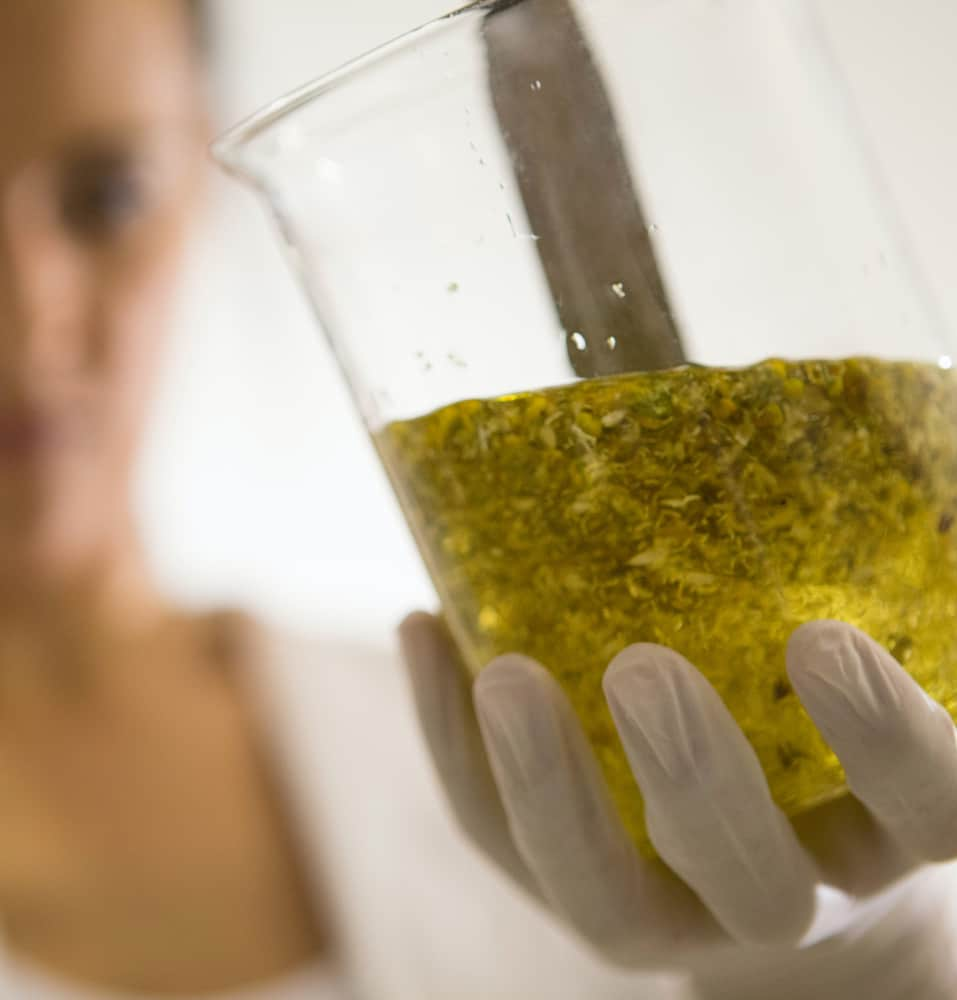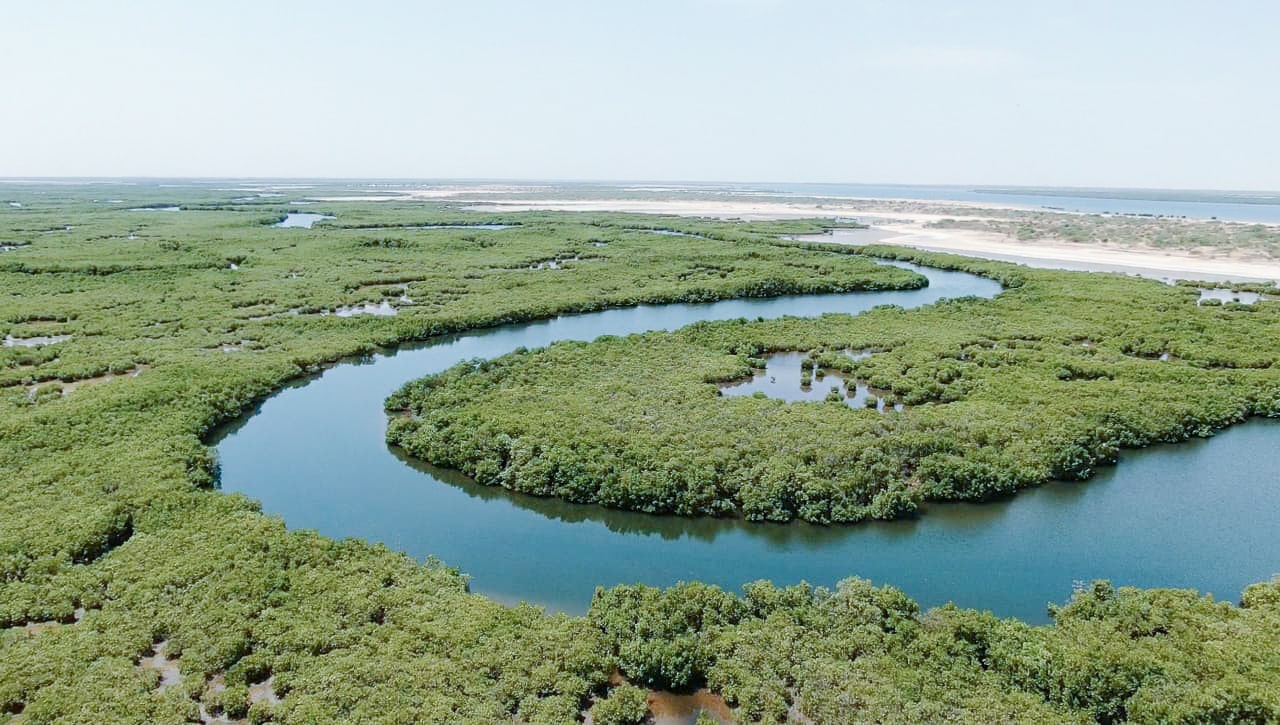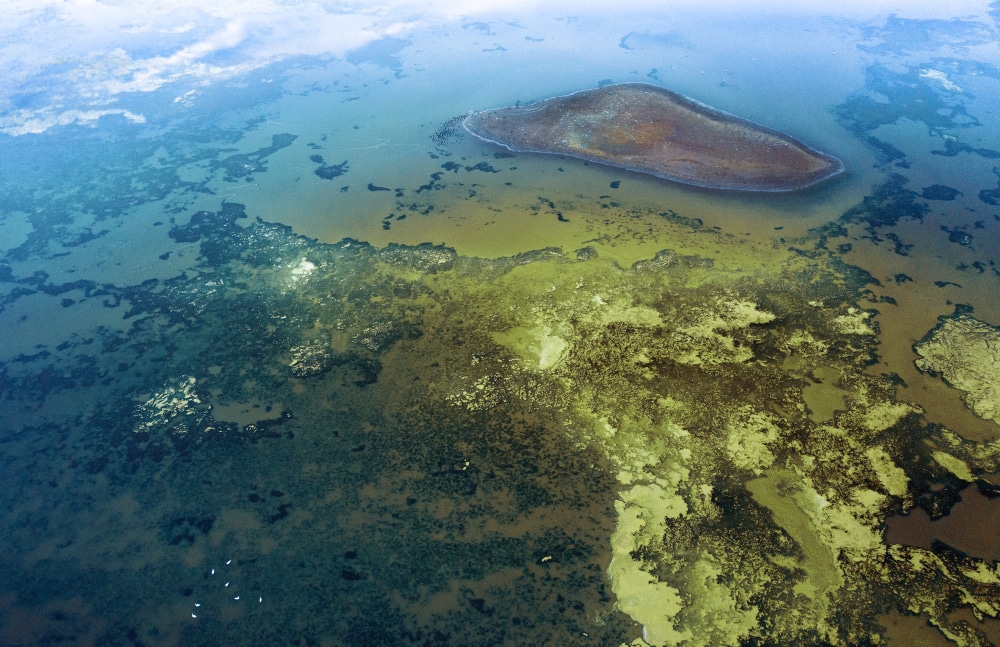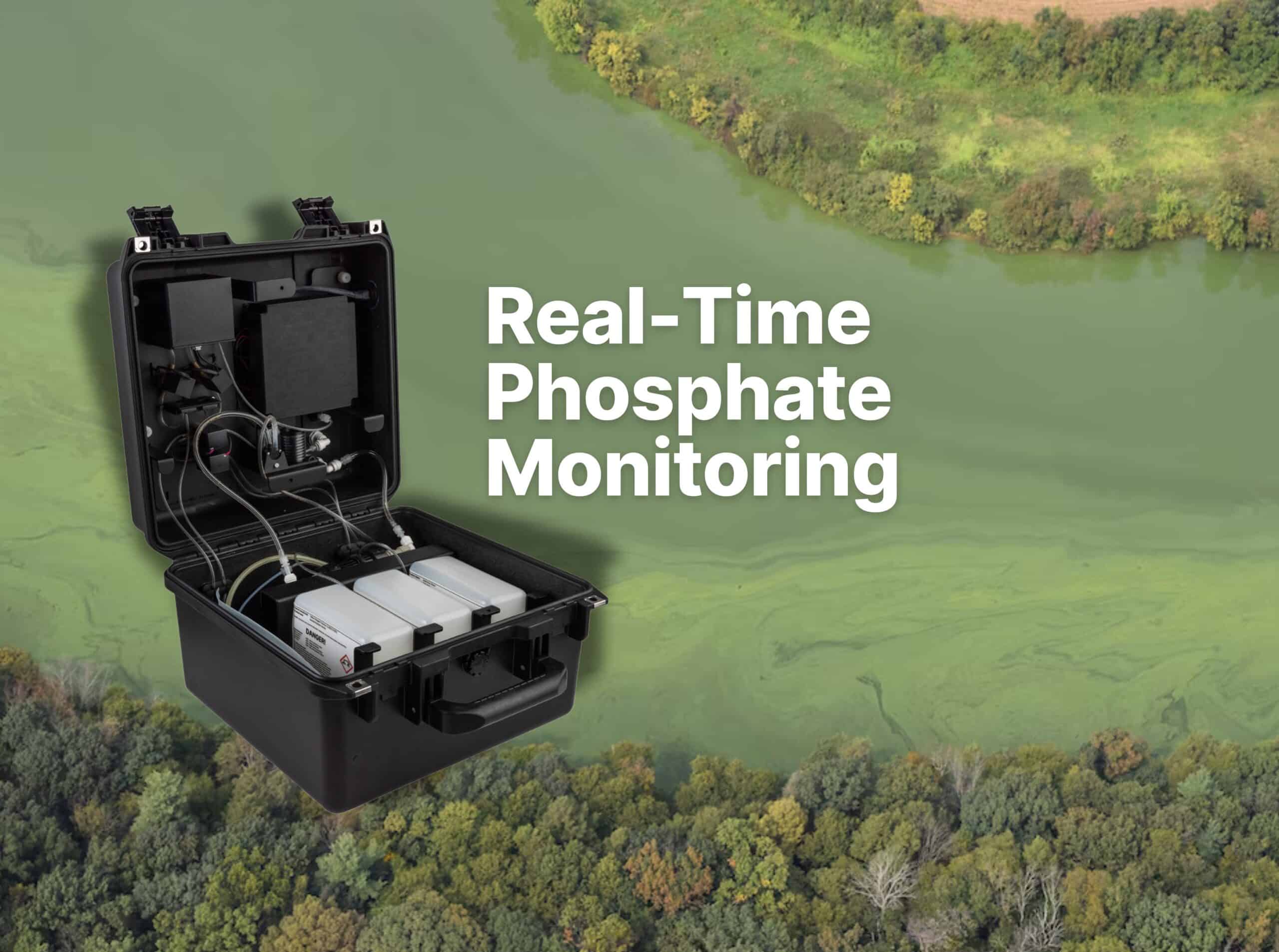For applications worldwide
Drinking water reservoirs
- Improve operations of filters and pipes
- Reduce chemical expenses
- Prevent taste and odour events
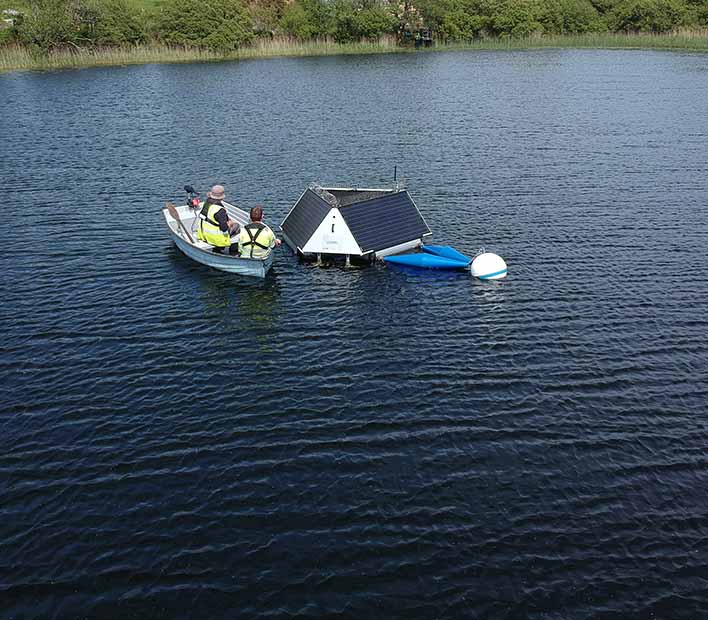
Recreational lakes
- No closing of the lake needed
- No permits required for installation
- Safe for humans and aquatic life
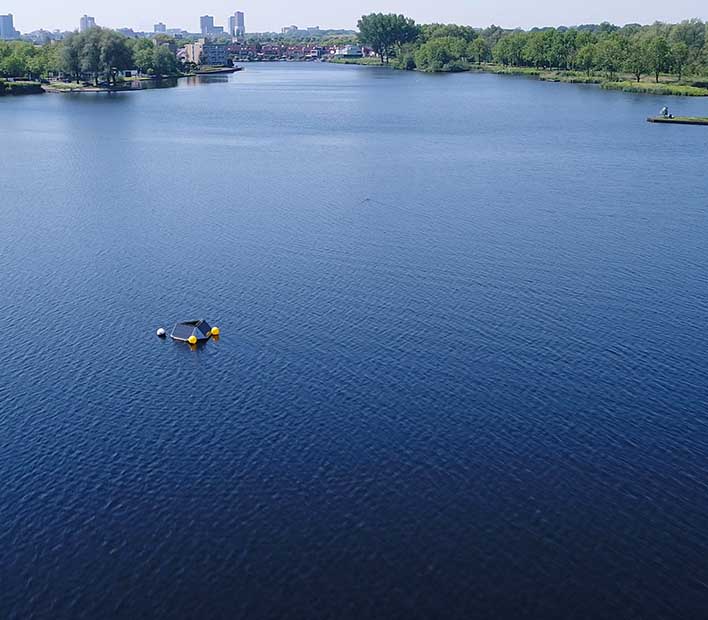
Power generation
- Reduce pH and TSS levels
- Comply with NDPES regulations
- Reduce chemicals and maintenance
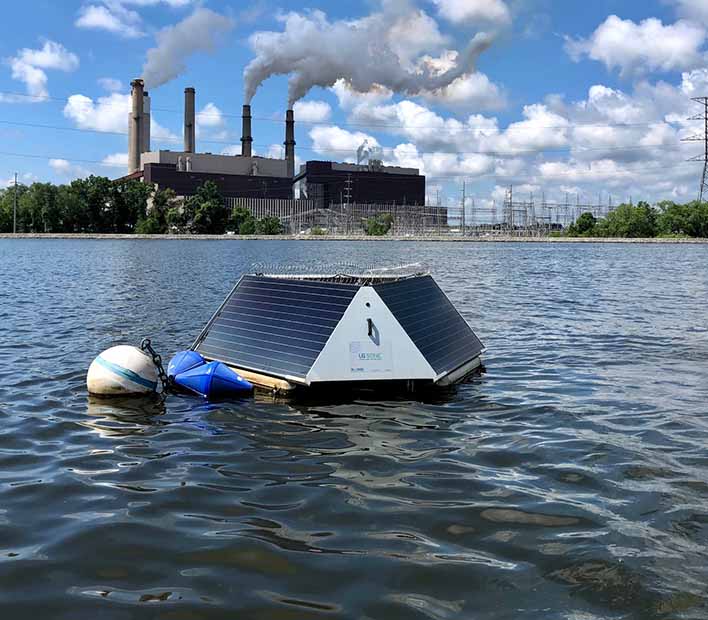
Irrigation reservoirs
- Prevent clogging of drip systems
- Improve agricultural operations
- Chemical-free solution with minimal maintenance
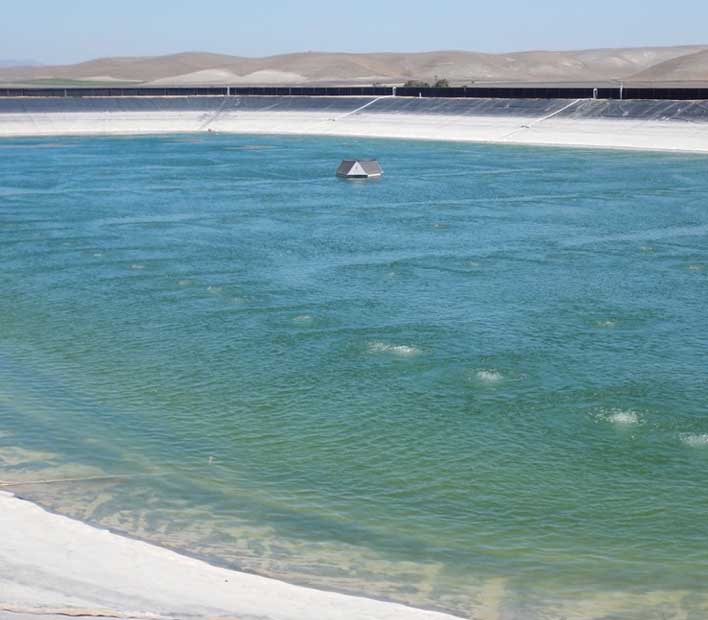
Wastewater reservoirs
- Lower Biochemical Oxygen Demand (BOD)
- Improve effluent treatment
- Comply with wastewater regulations
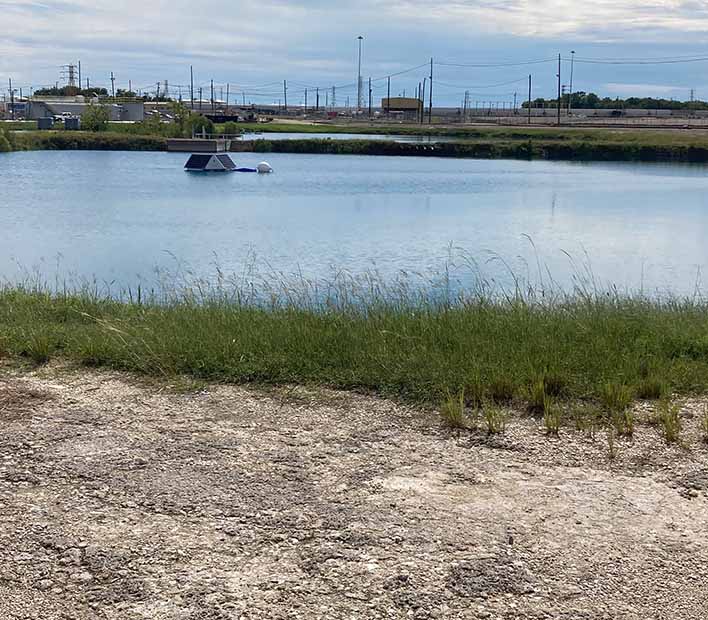
Hydroelectric dams
- Treat large dams
- Reduce algae growth sustainably
- Lower chemical consumption
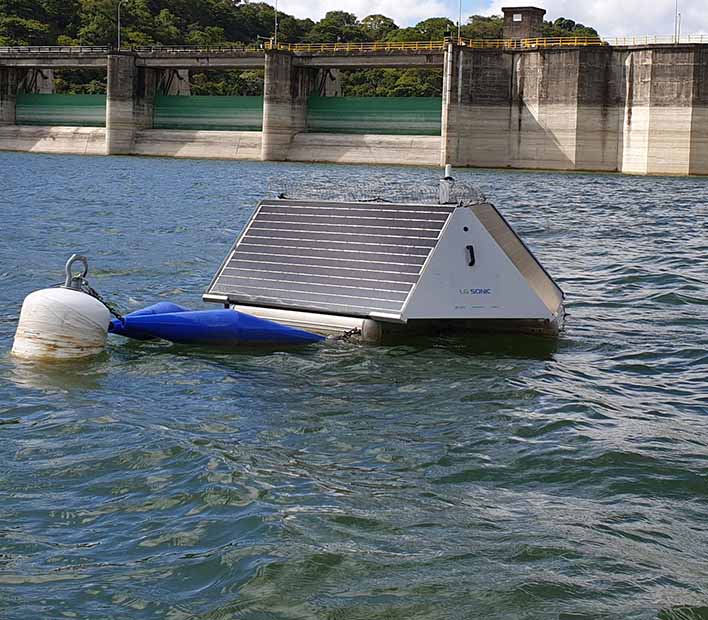
Oil & Gas
- Control algal blooms and TSS levels
- Treat large reservoirs
- Minimal maintenance
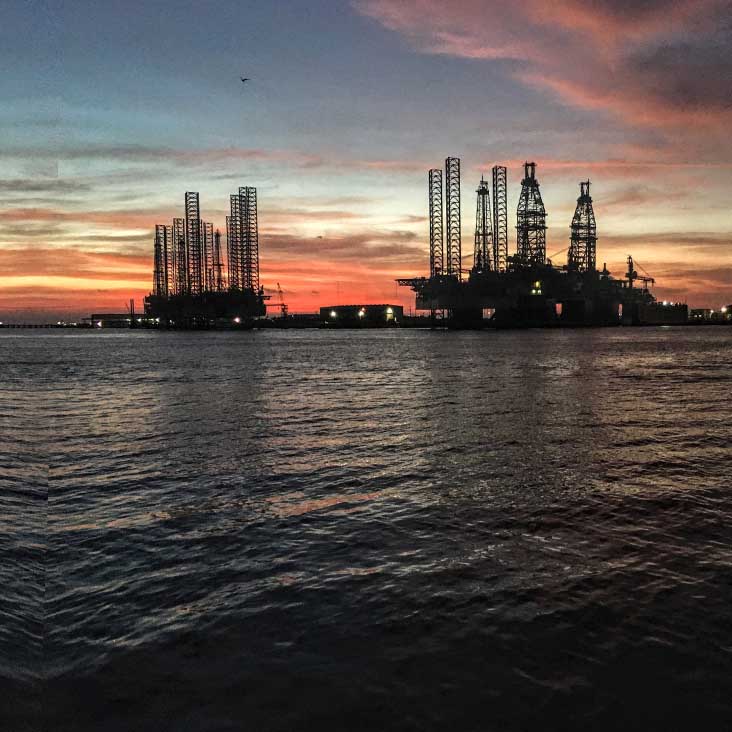
Proven
Algae Control
100+
Clients make use of
LG Sonic Ultrasound
55+
Countries
10K+
Units sold worldwide
12+
Industries served
10m
Invested in R&D
1m
Data sets a day
Award-Winning Innovation
Developed by leading researchers
LG Sonic has spent over a decade conducting research and development in collaboration with renowned academic institutions.
